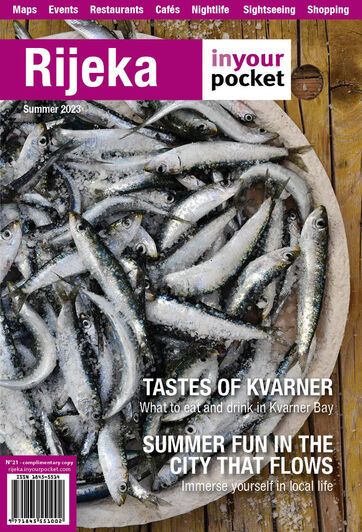Port of Rijeka
more than a year ago
War then wreaked havoc over Rijeka’s fortunes. The First World War stopped the international transport of goods by sea. After the war, the Treaty of Rapallo handed the port of Rijeka to Italy, while Sušak, the suburb immediately to the east, became part of the short-lived Kingdom of Serbs, Croats and Slovenes. The city was effectively split in two.
During the Second World War, much of Rijeka’s harbour was destroyed. Rebuilding took place after 1945, focusing on the construction of facilities for the transport of specialised goods: oil, crops, bulk cargo, liquid cargo and containers. By 1980, Rijeka was handling over 20 million tons of cargo per year.
War hit the Adriatic again in the 1990s. Although the northern Adriatic was not directly affected by the conflict, it was damaging enough to shipping and industry to divert part of the trade to the neighbouring ports of Koper (Slovenia) and Trieste (Italy). Shipbuilding, Rijeka’s other important industry, went into steep decline. However, since the end of the war, the shipping industry has been getting back on its feet, and the yearly turnover of shipped goods has enjoyed steady growth. Rijeka's location is extremely favourable. Strategically, Rijeka has a long-standing transport connection with the countries of Central Europe, with a direct link to Budapest. It’s an ideal point for the import and export of goods between the Mediterranean and Hungary and the countries that lie around it: Austria, Slovakia, the Czech Republic, southern Germany and Poland, western Ukraine and more. Most recent addition, in terms of shipping, is the new container terminal, finished only this year. Costing just over €110m, this terminal is expected to provide the city with much added business.





Comments